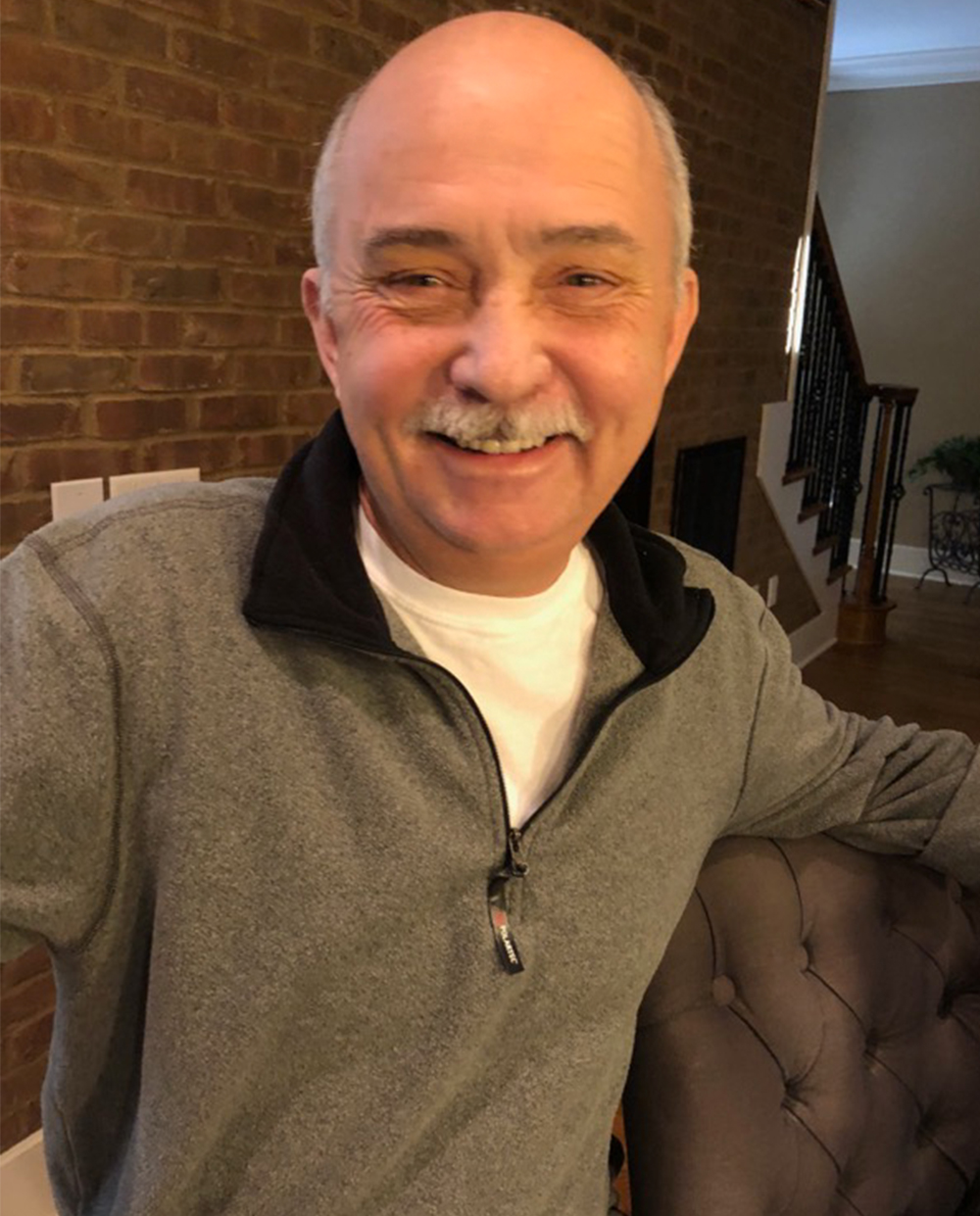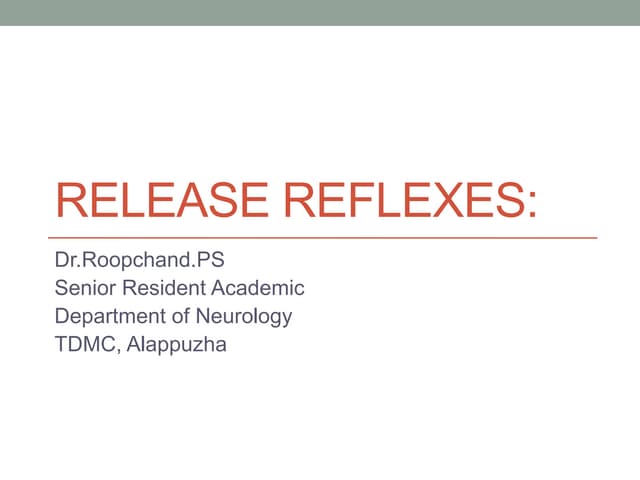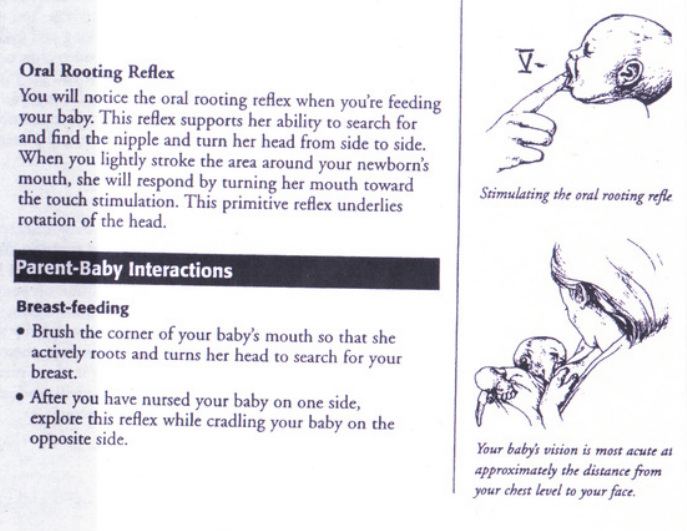

TBI models frequently damage the hippocampi and their commissural connections. The deficits on the active place avoidance task that arose after a single impact likely result from a need for both hippocampi and their commissural connections to acquire the task. Behavioral deficits, however, did arise using an active place avoidance task after a single closed head impact. Some investigators needed to hit the skull of the mouse multiple times to produce behavioral deficits on purely spatial tasks such as the Morris water maze or Barnes maze. In mice, the force needed to reliably produce behavioral deficits in surviving mice frequently produced skull fractures. Closed head models require greater force to injure the brain since the skull remains intact. Open head models have the advantage of producing a relatively uniform injury by directly deforming the brain. Even thinning of the skull without exposing the meninges produces vascular changes, inflammation and cell death. The craniotomy, however, damages the skull and underlying tissues and produces inflammation. In open head models, the head is immobilized and the brain is directly injured through a craniotomy. In closed head models, the head can move while the skull remains intact. Rodent models of blunt impact TBI include closed and open head models.

Thus, physiological responses occurring immediately after injury can be valuable surrogate markers of subsequent behavioral and histological deficits.īlunt impact to the head is the most common cause of traumatic brain injury. Time to regain righting reflex in CHI-2 mice significantly correlated with vertical g-force. These videos show that CHI-2 mice experienced a larger vertical g-force than CHI-1 mice. High-speed videos made during the injury were followed by assessment of breathing and righting reflex. CHI-2 had a larger loss of hippocampal neurons and more widespread loss of myelin and axons. CHI-1 mice had loss of hippocampal neurons and localized white matter injury at one month after injury. The behavioral deficits of CHI-1 and CHI-2 mice were retained one-month after the injury. At 7 days post-injury, CHI-1, but not CHI-2 mice, acquired but had no long-term retention of an active place avoidance task. The CHI-1 group significantly regained righting reflex more rapidly than the CHI-2 group. CHI-1 mice spontaneously reinitiated breathing after injury while CHI-2 mice had prolonged apnea and regained breathing only after cardiopulmonary resuscitation and supplementation of 100% O 2.

We report that a single closed head impact to adult C57/BL6 mice produced two injury syndromes (CHI-1 and CHI-2). Blunt impact produces a heterogeneous brain injury in people and in animal models of traumatic brain injury.


 0 kommentar(er)
0 kommentar(er)
